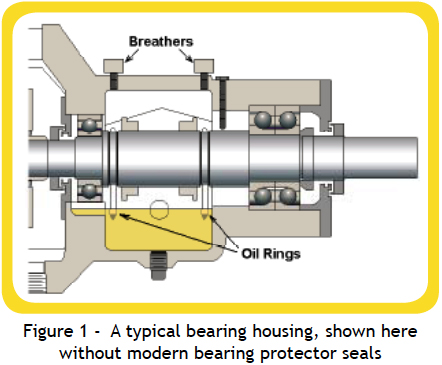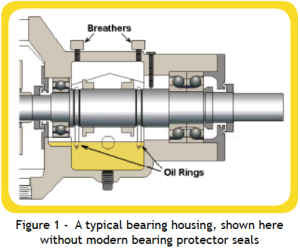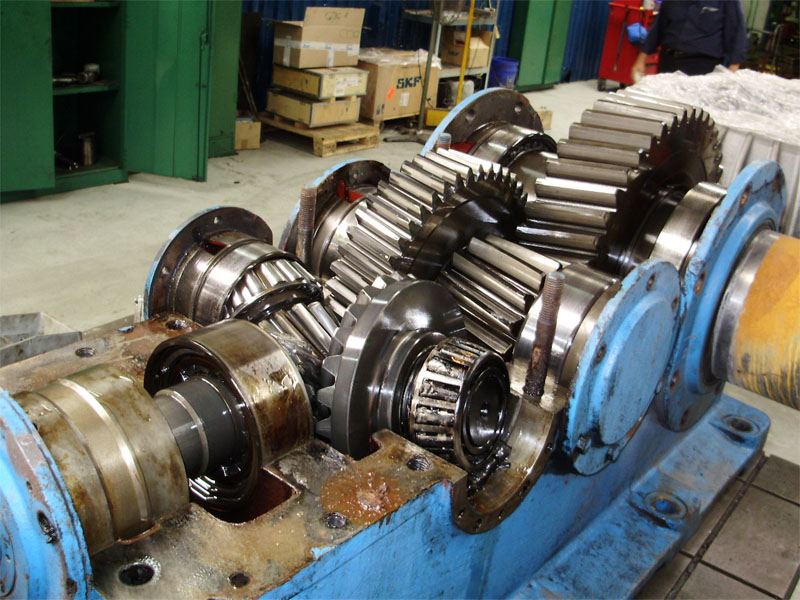
Determining the Correct Amount of Grease
Determining the Correct Amount of Grease For Electric Motor Bearing
Determining the correct amount of grease for an electric motor bearing is one of the most important steps in initial greasing and in regreasing of the bearings. An insufficient amount of grease could lead to bearing failure due to lack of lubrication. On the other hand, over-lubrication can also lead to bearing failure and cause problems due to migration of the lubricant in to the windings. One of the two methods following is frequently used for determining the quantity of grease to be added to a bearing:
1. 1/2 to 2/3 of the free space in the bearing — when operating speed is less than 50% of the limiting speed of the bearing. 1/3 to 1/2 of the free space — when the speed is more than 50% of the limiting speed of the bearing.
2. Another method of determining the appropriate quantity of grease to fill the bearing is determined by the following equation. This is a simple method of calculating the amount of grease needed for a standard application. Quantity of grease (g) = Outer bearing diameter (mm) X bearing width (mm) X 0.005, or Quantity (oz) = 0.114 X (bearing OD) in X (bearing width) in
It is common practice to pack the bearings as well as the bearing housing with grease. In addition to holding the bearing in place, the bearing housing also acts as a grease reservoir. The following may be used as a guide to filling the housing with grease.
• 30% to 50% fill — Typically used. For very high speeds the lower limit should be used in order to reduce churning and overheating of the grease. Overpacked bearings tend to overheat, and to overheat even more at higher speeds.
• 50% to 75% fill — For slow speeds, or in the absence of other methods of regreasing, fill the housing 50% to 75% with grease. After the housings are packed and the motor started, the rolling elements will push the excess grease from between the races into the housing, leaving only the thin lubricant film needed to minimize friction and wear.
• Full pack — A particularly dirty environment may call for the housing to be completely filled, but the bearing itself will only contain enough grease for lubrication. The pressure relief method will also produce a full pack. One full pack method begins with the bearing filled with grease and the housing 75% full, leaving just enough space to receive the excess grease pushed out by the rolling elements. If the housing were actually packed full, the grease between the rolling elements could not escape and would be severely worked. The resulting friction could become so great that very high bearing temperatures would quickly develop.
(Fig.1). High temperatures would accelerate grease deterioration, possibly leading to bearing failure due to lack of lubrication. Furthermore, expansion of the grease could force it into the motor winding, resulting in damage to the motor, or cause seals to rupture. Such failure may be avoided by running the motor with the drain plug removed until excess grease is purged. This is the pressure relief method.
Related Content:
Learn How We Can Help Your Company Succeed and Grow!
This Post Has 3 Comments
Leave a Reply
You must be logged in to post a comment.





Some really superb articles on this web site, thanks for
contribution.